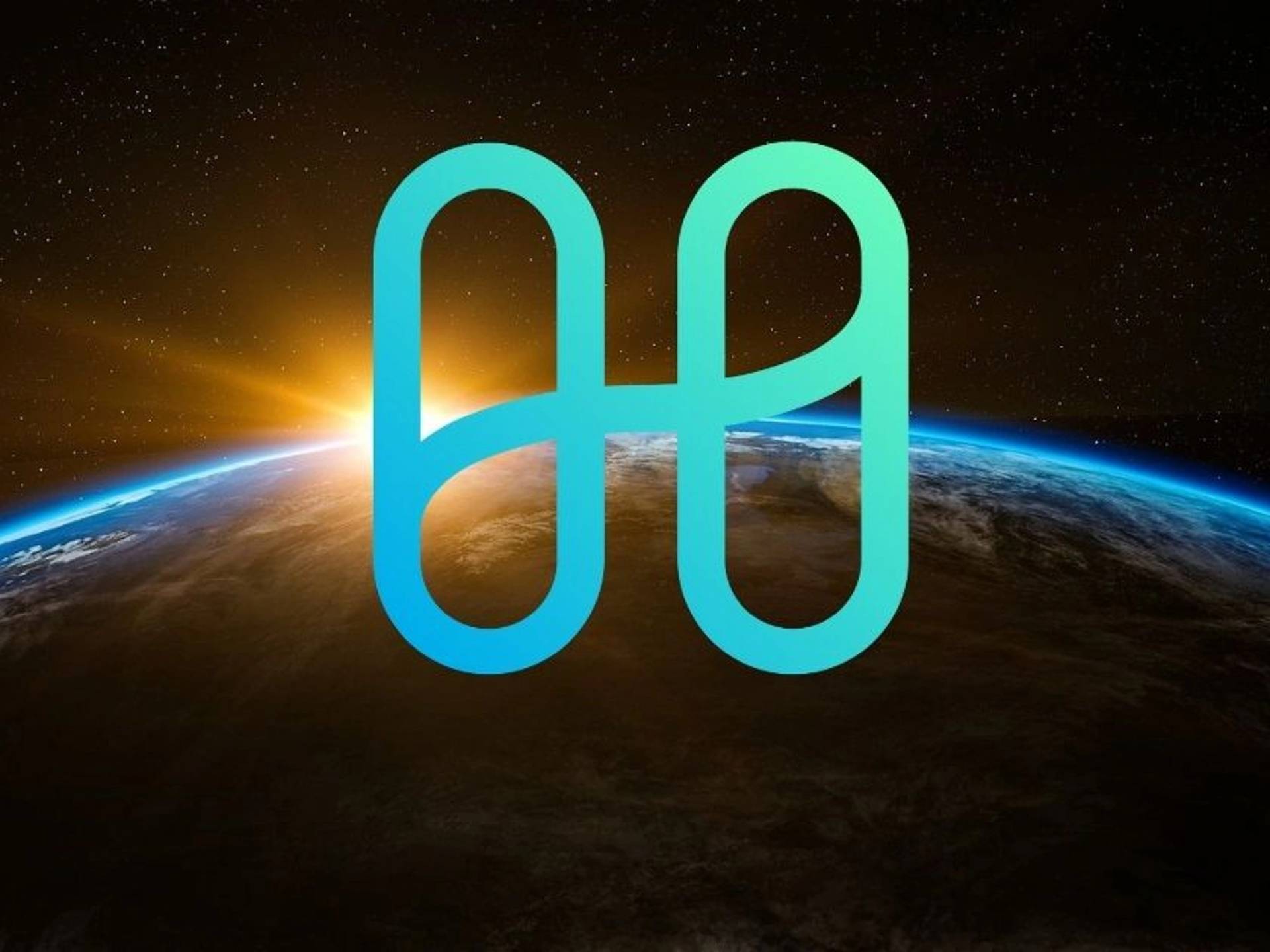위키 구독하기
Share wiki
Bookmark
Harmony
Harmony
하모니는 탈중앙화 애플리케이션(DApp)의 생성 및 사용을 용이하게 하도록 설계된 블록체인 플랫폼입니다. 이 네트워크는 몇 초 만에 블록 생성을 가능하게 하는 랜덤 상태 샤딩에 중점을 둠으로써 탈중앙화 애플리케이션의 작동 방식을 혁신하는 것을 목표로 합니다. 하모니는 탈중앙화 애플리케이션을 위한 빠르고 개방적인 블록체인을 제공하고자 합니다. 하모니는 기존 네트워크를 통합하여 법정화폐를 암호화폐로, 그리고 그 반대로 변환할 수 있도록 함으로써 암호화폐의 엔드투엔드 전송을 위한 생태계를 구축했습니다. 이 알트코인 프로젝트를 자세히 알아봐야 할 몇 가지 설득력 있는 이유가 있습니다.[1]
개요
하모니란 무엇인가요?
2019년 5월 바이낸스 런치패드(Binance Launchpad)에서 초기 거래소 상장(IEO)의 일환으로 출시된 하모니(ONE)는 확장성과 탈중앙화 노력 사이의 가교 역할을 하도록 설계된 탈중앙화 블록체인 플랫폼입니다. 이 프로젝트는 데이터 공유와 펀지블 토큰 및 넌펀지블 자산의 시장 생성에 중점을 두고 “대규모 탈중앙화”라는 모토 아래 개발되었습니다. 또한 하모니는 높은 처리량과 함께 두 가지 “낮은” 요소, 즉 낮은 지연 시간과 낮은 수수료를 제공한다는 약속과 함께 제공됩니다. 이러한 요소들이 결합되어 미래의 탈중앙화 신뢰 없는 경제의 기반을 마련하기 위한 노력의 중심에 플랫폼을 위치시키는 것입니다.[2]
하모니가 달성하려는 목표는 무엇인가요?
하모니의 개발은 프로젝트의 백서에서 설명된 바와 같이 어떤 플랫폼도 탈중앙화와 확장성 사이의 만족스러운 균형을 달성하지 못했다는 아이디어에 중점을 두었습니다. 이를 바탕으로 하모니는 다음과 같은 목표를 달성할 것을 약속합니다.
하모니는 암호화폐가 진정한 디지털 화폐가 되는 것을 막는 구조적 제한을 없애고자 합니다. 이는 주로 비트코인이 직면한 것과 같은 확장성 문제를 말하며, 비트코인의 인기 증가는 성능 저하와 지불 시스템 사용 비용 증가를 초래했습니다. 이 대신 하모니는 트랜잭션 검증 및 네트워크 통신뿐만 아니라 블록체인 상태도 포함하는 심층 샤딩 기술을 구현할 것입니다. 완전한 확장성을 위한 하모니의 입찰은 모듈식 접근 방식을 없애고 합의를 “규모”로 해결하려는 데 기반합니다. 여기에는 탈중앙화를 해치지 않고 성능을 향상시키기 위해 합의 알고리즘, 네트워킹 및 시스템의 여러 계층에 추가되는 최적화가 포함됩니다.[3]
높은 트랜잭션 처리량은 이더리움 및 기타 블록체인 솔루션과 하모니를 차별화하는 요소가 될 것입니다. 이러한 솔루션들은 다른 기능을 희생하여 성능 향상을 달성해야 합니다. 하모니 개발자들은 경쟁 솔루션이 확장성 문제를 해결하거나 게임이나 탈중앙화 거래소와 같이 높은 처리량 성능이 필요한 애플리케이션에 대한 지원을 제공할 수 없다고 설명합니다. 마찬가지로 EOS나 IOTA와 같은 블록체인은 합의 모델을 대체하고 DAG(Directed Acyclic Graph)와 같은 새로운 기술을 도입하려고 시도했습니다. 이러한 모든 시도는 하모니가 동시에 트랜잭션을 처리할 수 있는 검증자 그룹(샤드)을 생성하여 보존하고자 하는 보안 및/또는 탈중앙화를 희생했습니다. 이를 바탕으로 총 트랜잭션 처리량은 선형적으로 증가하고 샤드 수의 증가와 병행하여 증가해야 합니다. 2018년 9월 하모니는 약 44,000개의 노드로 118,000 TPS를 달성했으며, 매일 비자의 2,000 TPS와의 격차를 줄이기를 희망하고 있습니다.[3]
하모니의 합의 프로토콜은 속도와 에너지 효율성을 추구합니다. 하모니의 확장성과 처리량 약속의 상당 부분은 빠른 비잔틴 장애 허용 프로토콜(FBFT)이 병렬 트랜잭션 처리를 사용하여 네트워크 크기에 맞게 확장하고 연결 지연 시간을 효과적으로 해결할 수 있는 능력에 달려 있습니다. 네트워크 토폴로지는 더 빠른 합의 도달과 메시지 교환을 가능하게 하도록 설계되었습니다. 동시에 하모니는 더 넓은 범위의 장치가 합의 구축에 참여할 수 있도록 프로토콜을 실행하도록 설계된 커널을 특징으로 하여 탈중앙화를 강화합니다. 심층 샤딩 프로세스 자체는 분산 난수 생성(DRG) 절차를 기반으로 하는 적응형 지분 증명 모델에 의존하며, 이는 안전하고, 쉽게 검증 가능하며, 확장 가능하다고 설명됩니다.[2]
잘못된 내용이 있나요?
